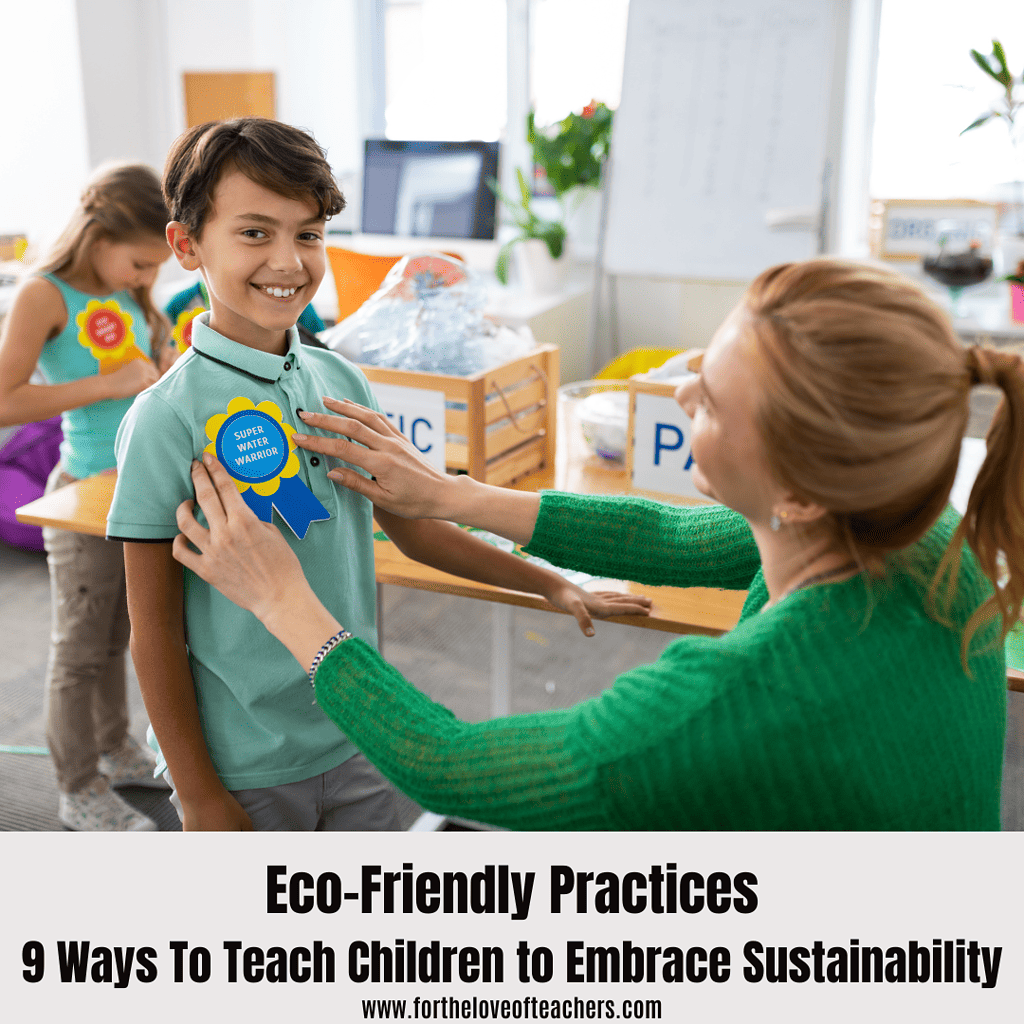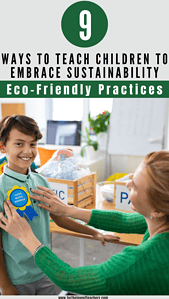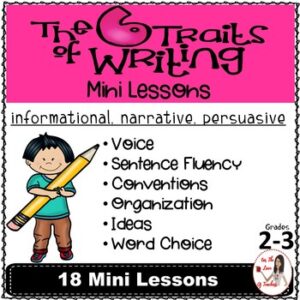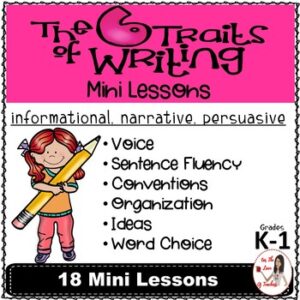As teachers, it’s integral to know that teaching sustainability values and practices is a fundamental component of every school in the modern era. The first step in achieving sustainability is providing students with an engaging, fun, and sustainable learning environment.
How? This article will provide various examples of eco-friendly practices to teach children to embrace sustainability.
9 Sustainable Practices to Teach in the Classroom
Implement Recycling
Recycling is a sustainable habit you may start in school to help the environment. Make recycling a requirement for students to follow. You can include this in a classroom contract or model recycling for them by tossing your paper into the recycling bin and adding your used cardboard boxes to the pile for the housekeeping staff to carry to the recycling center.
The more ingrained it is in their early habits, the more probable they will carry on with this sustainable behavior in the future.
Make a Compost Center in Your Classroom
There’s no need to leave the classroom to help the environment. The first step can be to place the used coffee grinds and leftover student lunches in the classroom compost container. You can discover a community garden nearby that would be willing to take it off your hands, or you can use the natural leftovers from your students’ lunches to make compost to feed your school’s crops.
If you have one, your school’s agriculture department or chicken yard would be ideal for your leftover food scraps.
Switch Away From Plastics
Check your food supply and art cabinet, and try replacing plastic items with paper. For your creative projects, switching to paper or biodegradable materials is excellent for the planet.
Also, teaching children about bioplastics provides an opportunity to introduce them to a biodegradable alternative to traditional plastic.
Create Customized Pencil Pots
Pencil pots are another essential to help the environment in a sustainable classroom. Use sterilized tin cans or milk cartons to make pencil pots. As an enjoyable start-of-year project, have your students decorate them to add their touches to the classroom.
Use Fabric for Display Backing
It is a great method to reuse poster material in your classroom without sacrificing visual appeal. If you’re looking for a more straightforward canvas, you can find a vast selection of patterned fabrics in a textile store or get a large flat sheet for a great price from your neighborhood thrift store.
Go Through the Students’ Lunchboxes
You may help kids connect their real-world behaviors to the environment by having them participate in a lunchbox audit. Children are much more likely to consider their consumption from a more global and sustainable viewpoint when engaging in this practice. For older students, this can expand into a STEM assignment. Aside from developing and presenting a proposal for more sustainable design solutions for manufacturing, packaging, or sale, students can investigate the stages of food item life that involve production, packing, and disposal.
Aside from practicing sustainability, children may also develop their relationship with food in this way.
You may also encourage the parents to pack their children’s lunchboxes sustainably, such as:
- Use reusable packaging, such as cloth lunch baggies, reusable pouches, and beeswax lunch wraps.
- Consume more produce, especially fruits and vegetables, as they need no packaging
- Fill small containers with snacks from larger packets
- Use a reusable lunchbox with sections to avoid contaminating foods with different contents
- Reuse foil and plastic cling wrap whenever you can
- Use recyclable dinnerware sets
Replace Your White Board Markers with Refillable Ones
Every year, educational institutions such as schools and universities discard millions of whiteboard markers. Consider using refillable whiteboard markers if you hate dumping so much plastic every term. Even the double-sided nibs of these markers are made of recyclable plastic.
Have an Energy-Free Day
Participating in Earth Hour isn’t limited to a month; you can also do that for the rest of the year. Organize a “no power day” for your students and yourself for one school day. If a day isn’t feasible, consider going without electricity for just half of it.
Through this, your students will be instantly drawn to the abundance of energy-consuming things they use in the classroom. Air conditioning, interactive whiteboards, computers, calculators, and iPads are all turned off for the day!
In the days before your energy-free time, ask students for suggestions on how they will finish each of their usual lessons without using any energy.
Implement Water Conservation
If your classroom has a sink, discuss water conservation with the students at the beginning of the year and use visual cues to remind them to tighten the faucets after washing their hands. Discuss with the janitorial staff the possibility of putting up comparable reminders in the school restrooms so that each person may contribute to improving the school environment.
Your children will quickly learn to report leaks, turn off the faucets, and flush with a half-flush. To maximize the water in your bottles, empty them into the garden at the end of the day.
Final Thoughts
Adopting sustainable practices and behaviors in schools is a significant step toward a better environment and a greener future. The tips we provided above will help you encourage your students to embrace sustainability in the long run.
About the Author: Pauline Cruz is a dedicated writer with a passion for crafting engaging content within the realm of education. From exploring educational landscapes to delving into topics related to children’s learning, she is committed to sharing insightful perspectives. Eager to contribute to various blogs, Pauline aims to deliver valuable content that enriches the diverse facets of learning and childhood development.
Thanks for reading!
If you like it, then pin it!

Christine Weis is a passionate educator, classroom management coach, wife, and mom of two busy boys. She enjoys teaching, writing, and creating resources for teachers.











Leave a Reply